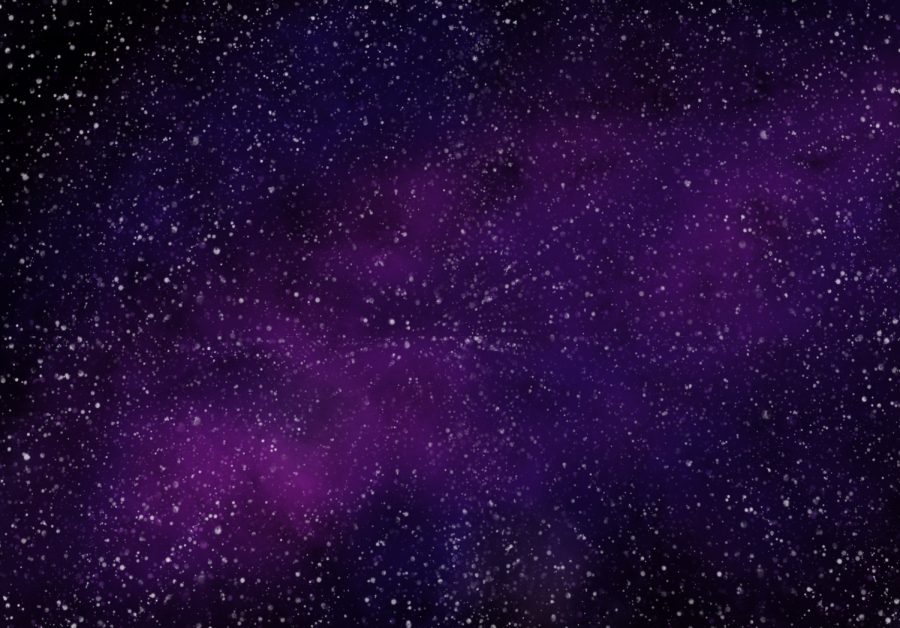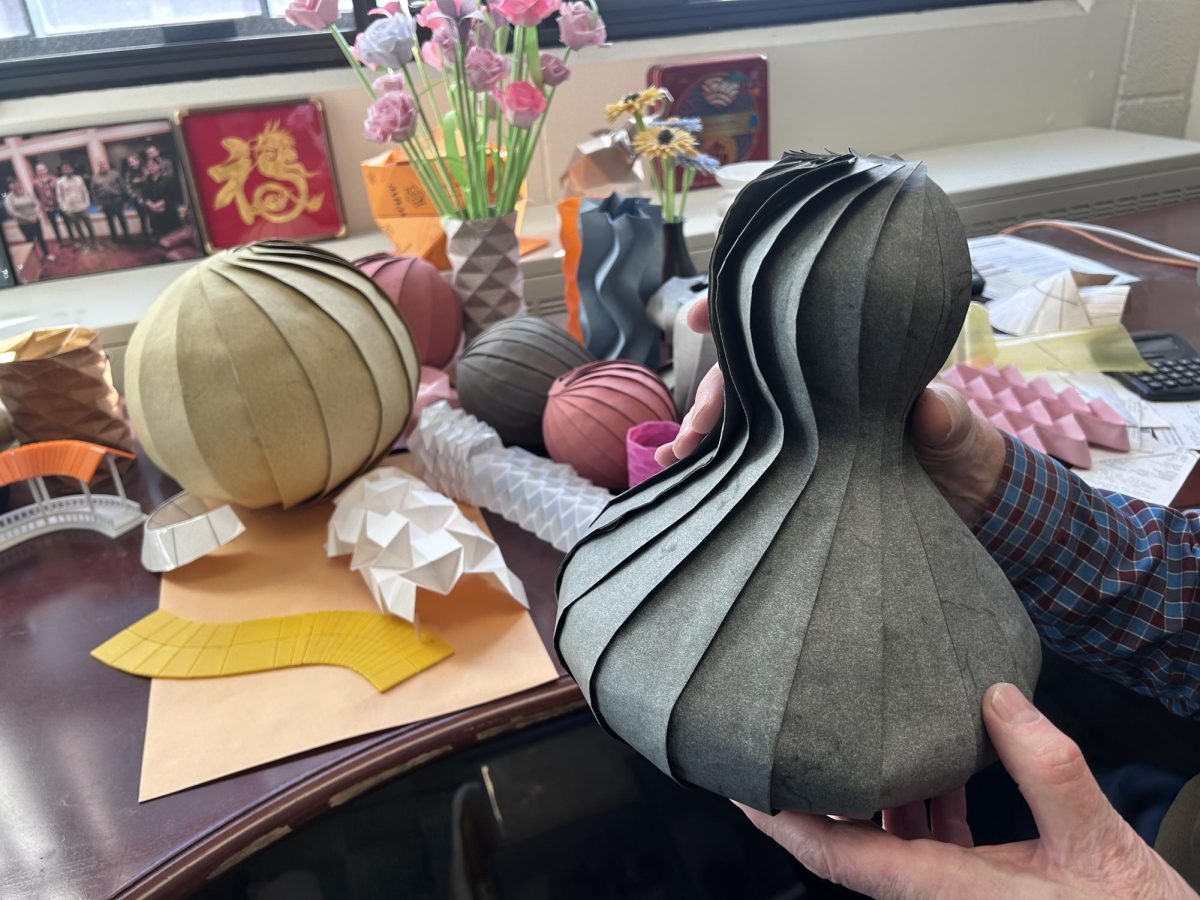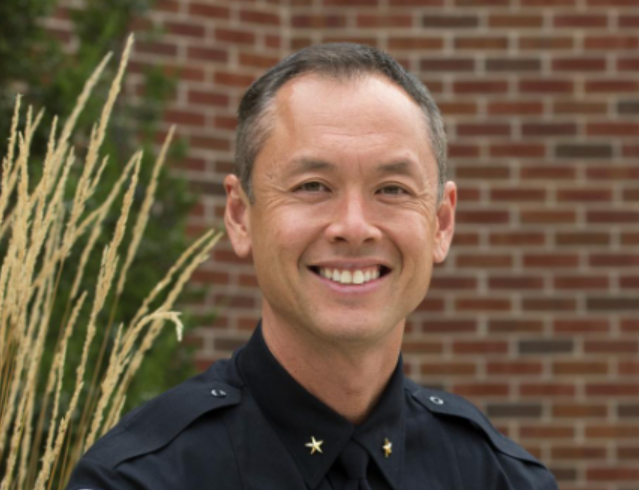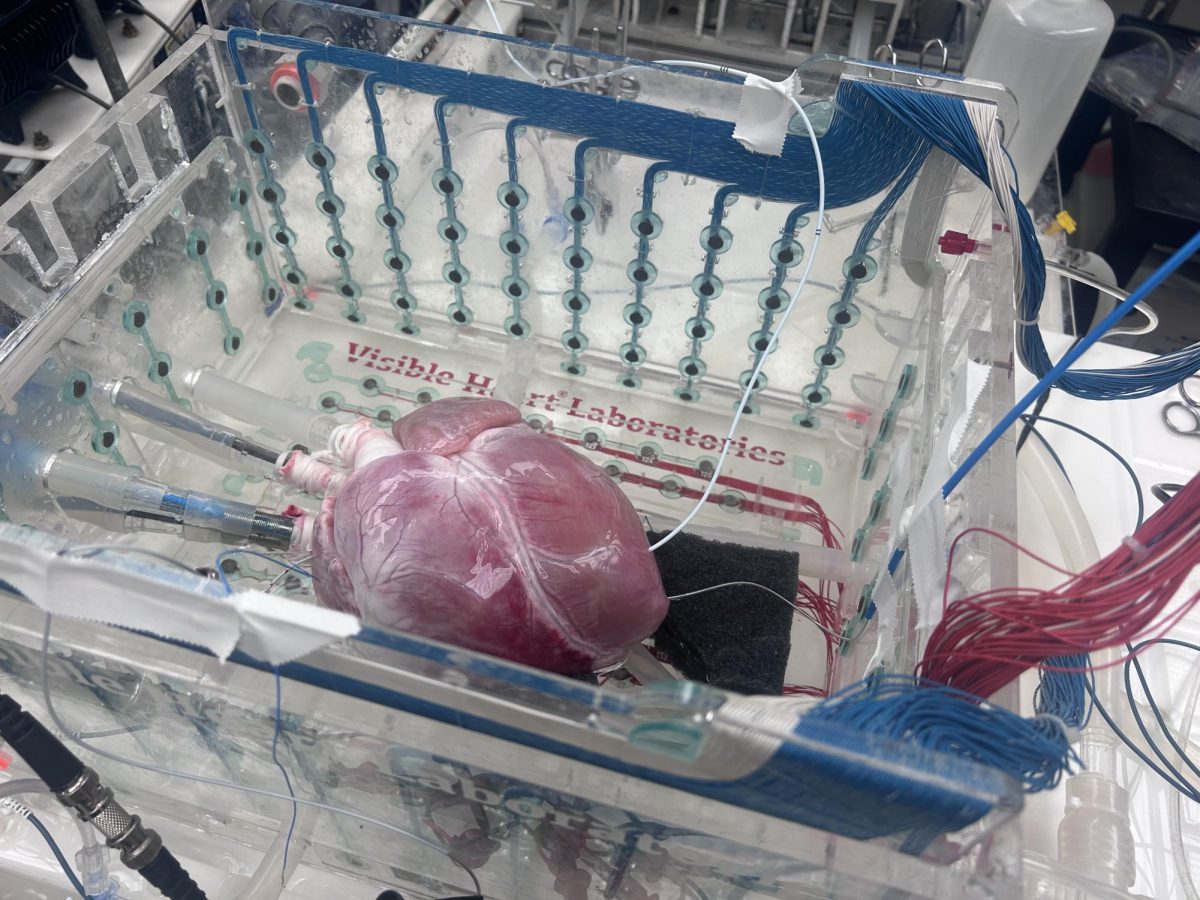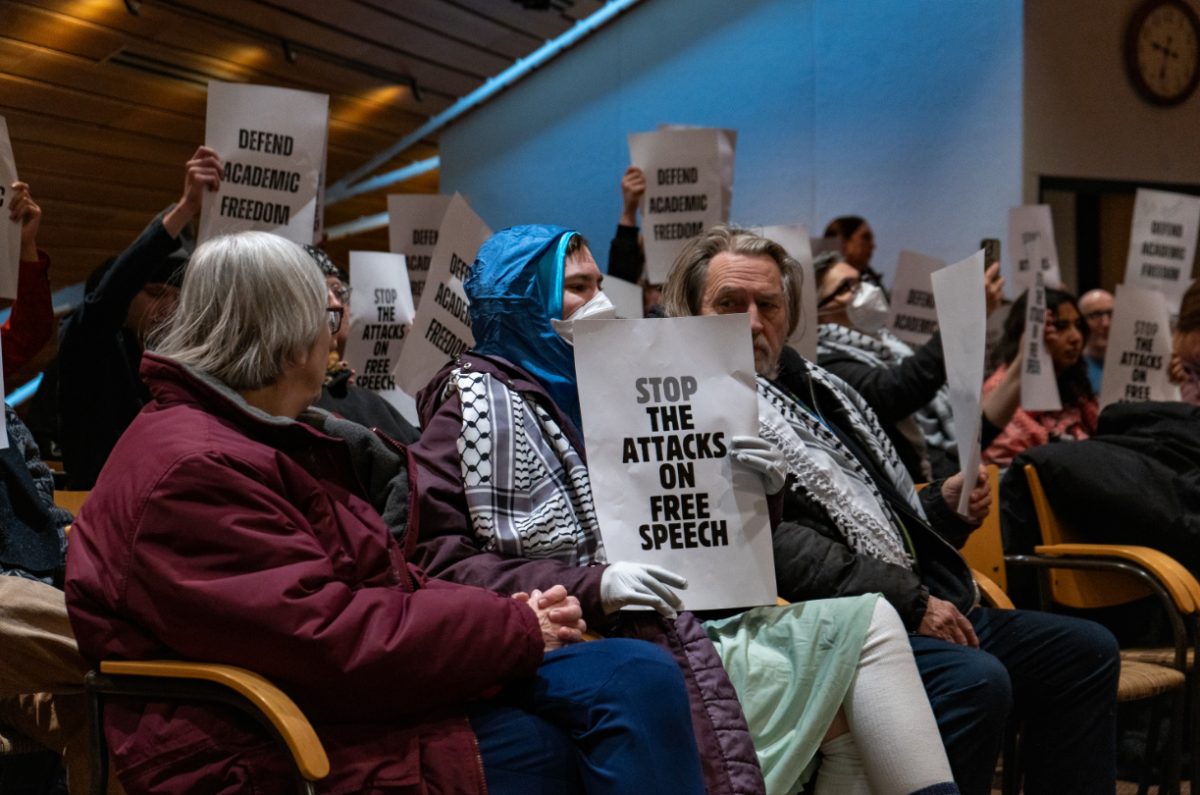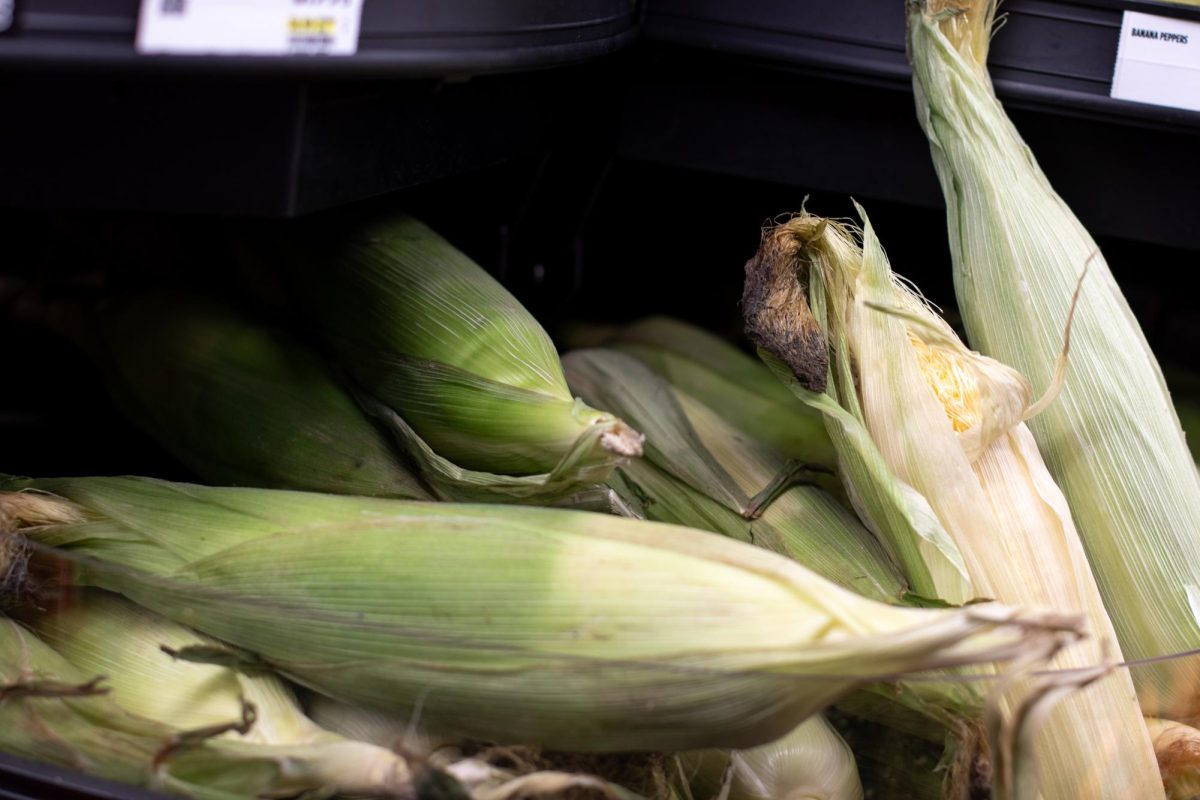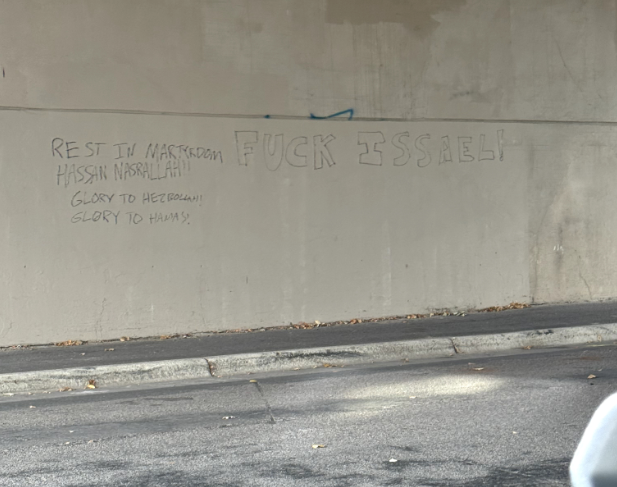The University of Minnesota received a grant in2021 to construct a telescope that can quickly find astronomical events. This fall, the team began creating the telescopes for deployment in Magdalena Ridge Observatory in New Mexico and the Skinakas Observatory in Greece to pinpoint cataclysmic events such as supernovae.
Patrick Kelly, a University of Minnesota researcher and associate professor in the College of Science and Engineering, received a $1 million grant in September 2021 from the National Science Foundation to construct a telescope that can pinpoint supernovae and other astronomical events within two-seconds of detection for the three-year Total-Coverage Ultra-Fast Response to Binary-Mergers Observatory (TURBO) project.
Daniel Warshofsky, a doctoral student working on the TURBO telescope, explained that both of the sites, Greece and New Mexico, will have eight mounts with two telescopes on each mount — so there will be 16 total telescopes at each site.
The two locations were chosen so that the night sky could be in view at all hours of the day, Kelly said.
The project includes a team of doctoral and undergraduate students who have been building and deploying prototypes to test the accuracy and efficiency of the TURBO telescope model. The prototype telescope is currently housed on the St. Paul campus near the agricultural fields.
Kelly said the set-up for the prototype is an enclosure made of fiberglass that opens like a clam shell. The mount, two telescopes, a motor for movement and a camera are housed inside.
The motor allows the telescopes to look at different parts of the sky at the same time, Warshofsky said.
“We can have all the telescopes point to different locations, so we can get a huge field of view. That’s really important for finding what we’re looking for,” Warshofsky said. “If we want to look at more detail, we can actually point all the telescopes at the same point on the sky.”
The team has several undergraduate students working on the project to code for telescope movement, work on camera imaging and begin data analysis.
Matthew Tran, a fourth-year student in computer science, works on coding the telescope to perform certain actions such as looking at a specific part of the sky or making autonomous observations and analyzing collected data.
“I think it’s fun to work in a team with people of different backgrounds like computer science, engineering, physics. They’re learning from each other,” Kelly said.
Many of the students are graduating soon, so the project is looking for more undergraduate assistants to join the team, Kelly said.
Paul Crowell, head of the school of physics and astronomy, said in an email to the Minnesota Daily that TURBO has been a great project that provides unique scientific results.
“I am particularly excited by the fact that so many U of M students have participated in its design and construction,” Crowell said.
Two of the project’s major goals are to increase the speed of detecting an object in the sky and increase how precisely that object can be found, Warshofsky said.
The general area of an object can be known, but it is difficult to know the precise location. This is where TURBO is useful – to pinpoint the exact location, Warshofsky said.
The team is looking for transient events, which include cataclysmic events such as supernovas, kilonovas or black holes merging, and then they capture the photos after finding them, Tran said.
“The novelty here is that we’re going to be capturing the optical counterpart, and we’re going to be doing it sooner than anyone else has,” Tran said.
The big thing the team wants to do with TURBO is detect kilonovas, which are the afterglow of stellar remnants spiraling until collision, Warshofsky said.
“A very exciting discovery occurred in 2017, where we found light emitted by the merger of two neutron stars … that’s now known as a kilonova,” Kelly said. “This may be where a lot of heavy elements like gold originate, but we don’t know for sure, so I want to find more of these.”
Warshofsky said the problem with finding these transients is that no one knows where they are going to be, “they’ll just pop up randomly.”
Transients can be found using detectable gravitational waves, which are produced by cataclysmic events, Tran said.
The waves are also picked up by the Laser Interferometer Gravitational-Wave Observatory (LIGO). However, LIGO is not able to tell where exactly the transients are positioned in the sky, Warshofsky said.
“It’ll take a long time to try and find where they are, and by the time you find them, you may have missed it,” Warshofsky said. “One of the big science goals of TURBO is to be able to quickly figure out where the transient is, take our own data on it and then tell everybody else to point all of their telescopes at it.”
Tran compared it to finding an object in a football field to further explain the full process. Someone can say there is an object in a football field, which is what LIGO does, but what TURBO does is look through the field to pinpoint exactly where the object is.
Tran also said TURBO is not the most powerful telescope, but instead focuses on finding events like transients quickly and efficiently.
“The significance of that [TURBO’s efficiency] is that a lot of interesting phenomena happen very early on after these events occur, and they become lost because too much time is spent looking for them,” Tran said.
With TURBO, the amount of time spent looking for events will decrease and, hopefully, so will the amount of events missed, Warshofsky said.
Zoran Ninkov, a program director with the U.S. National Science Foundation’s Astronomical Sciences Division said, “TURBO’s unique ability to rapidly train optical telescopes on the location of those gravitational waves in space as they are detected is of great importance in understanding not just the source of the waves but also the underlying physics involved.”
The TURBO project has funding until August 2024 and will continue to make progress toward the eventual goal of deploying telescopes in New Mexico and Greece.
“If all things go well, TURBO will be built and fully operational in the next year or two,” Warshofsky said.


